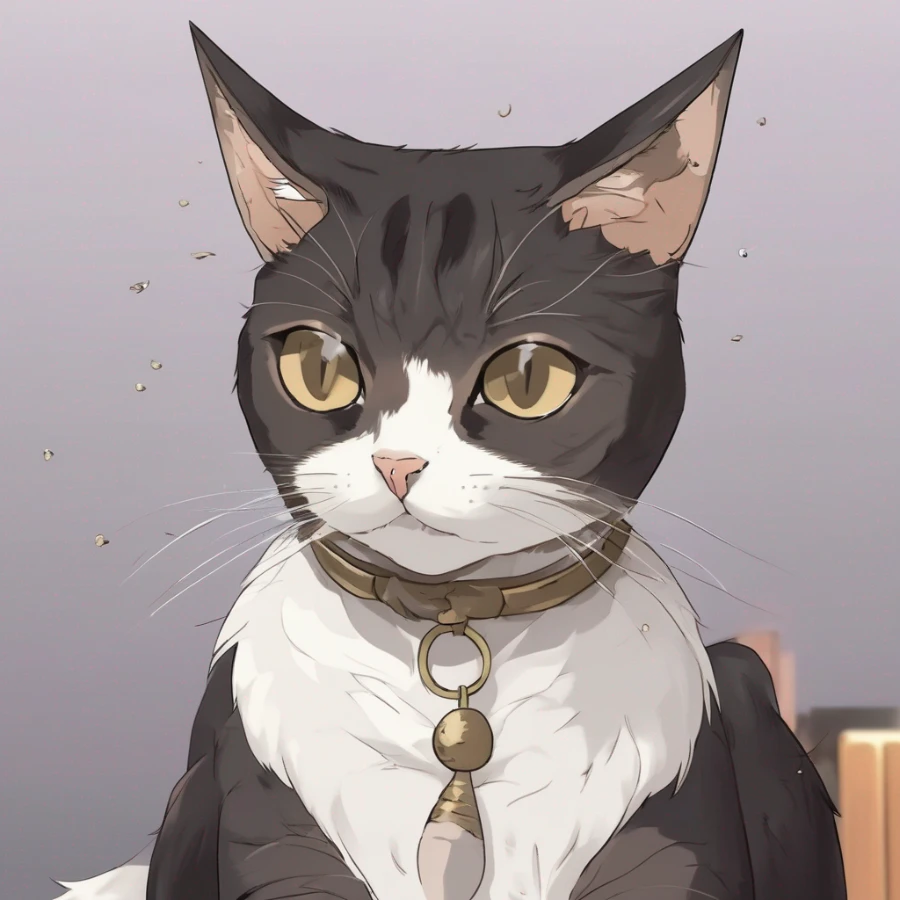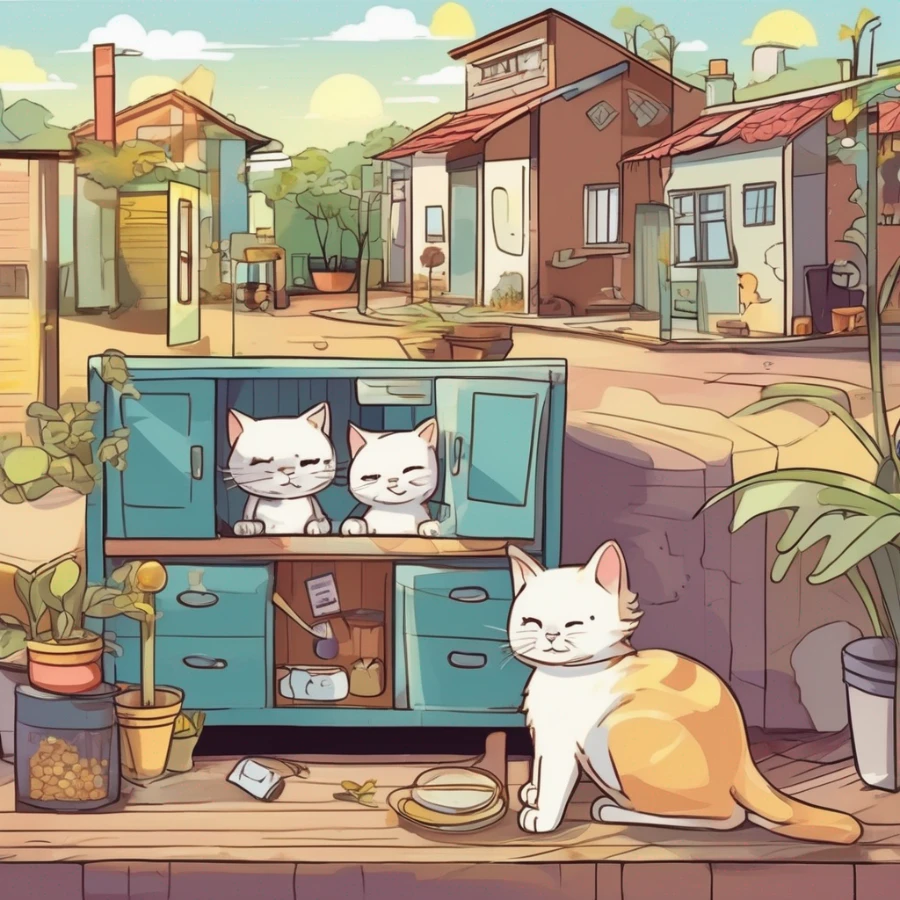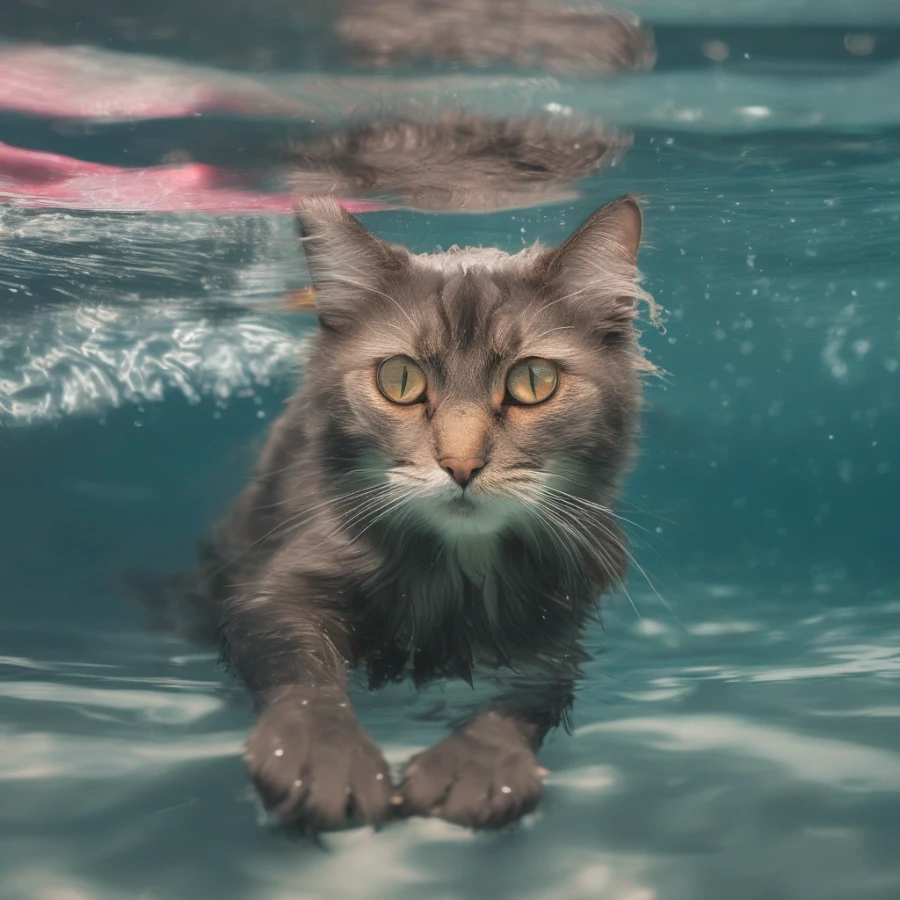Autumn Pet Safety: Beware of These Toxic Plants to Protect Your Pet

Published by: Tatsiana Korshik
Time to Read: 3 Min
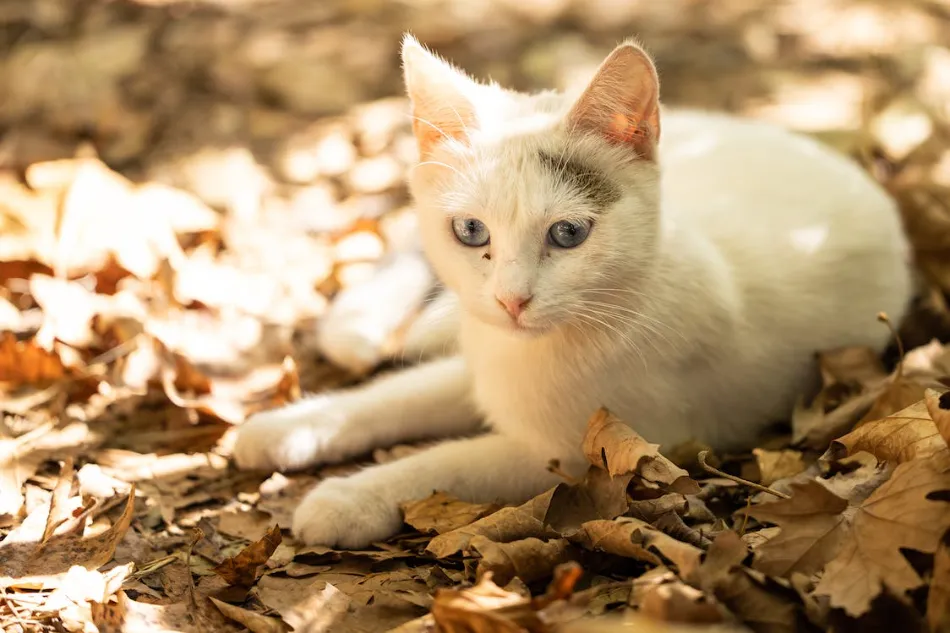
As the leaves begin to change and the air turns crisp, many pet owners look forward to autumn adventures with their furry friends. However, while autumn can be a beautiful season for both humans and pets, it also brings some unique challenges for pet safety. One significant concern is the presence of certain poisonous plants that can pose a threat to our beloved companions. In this blog post, we'll explore some common autumn plants that can be harmful to pets and provide tips on how to keep your four-legged family members safe during this colorful season.
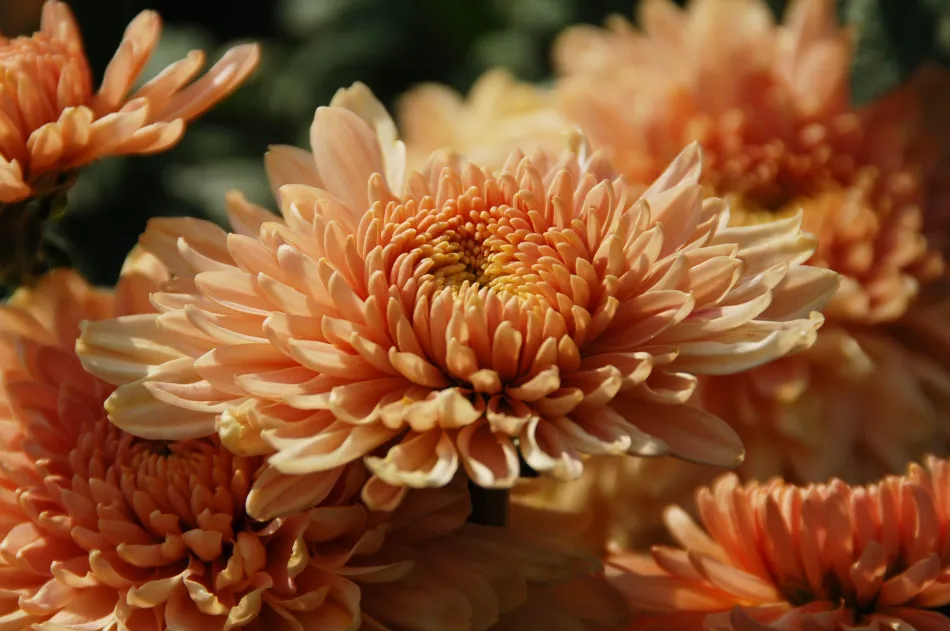
Chrysanthemums are a popular choice for fall gardens and floral displays. However, these beautiful blooms can be toxic to pets if ingested. The compounds found in mums can cause gastrointestinal upset, drooling, and, in severe cases, more serious health issues. To keep your pets safe, consider alternative non-toxic plants for your garden or display, or place mums in areas that are inaccessible to your pets.
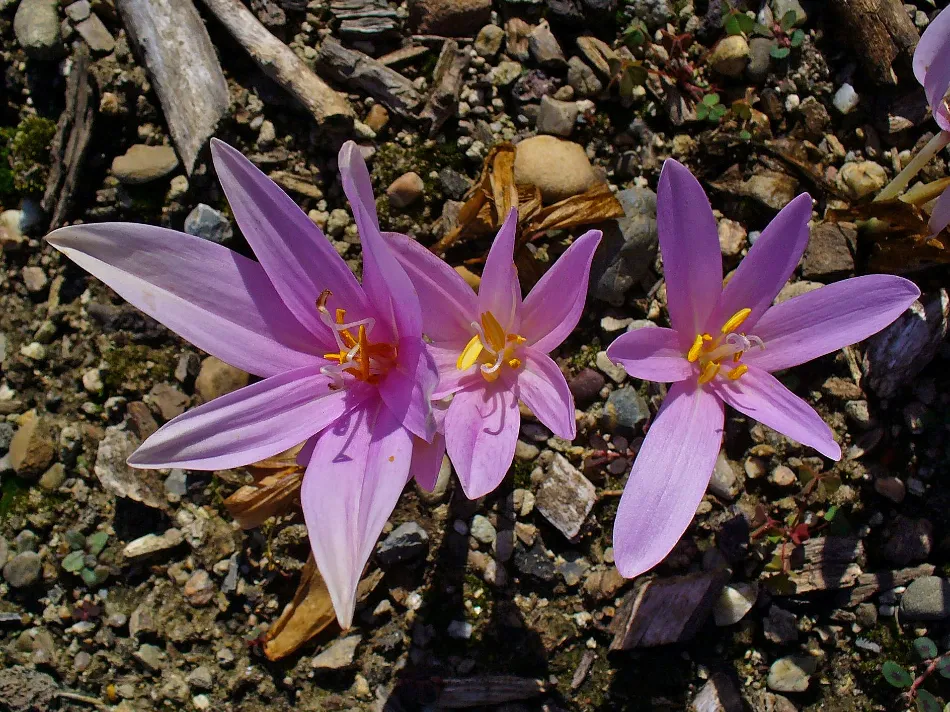
While autumn crocus may be lovely to look at, they are highly toxic to both cats and dogs. Ingesting any part of the plant can lead to severe kidney and liver damage, gastrointestinal distress, and even death. It's crucial to keep these plants far away from your pets and to seek immediate veterinary attention if you suspect ingestion.
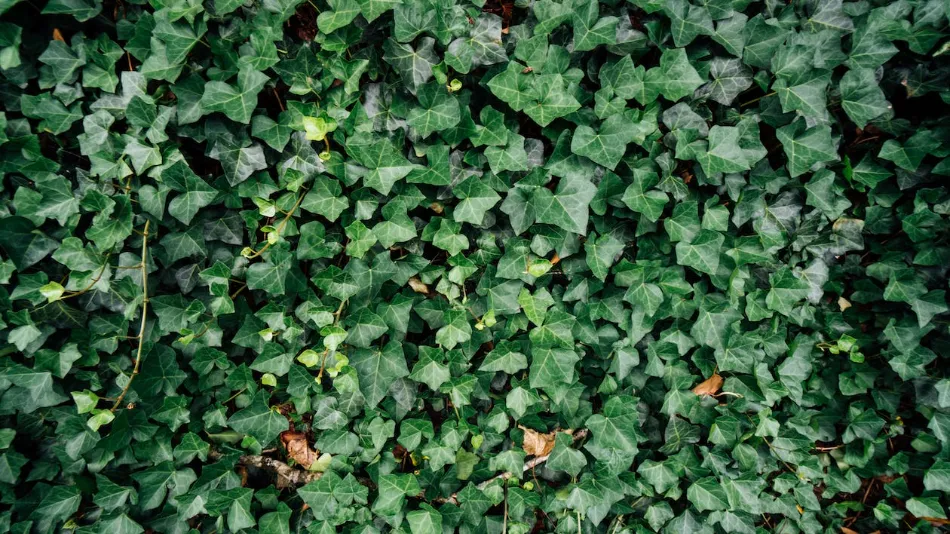
English ivy is a common houseplant and outdoor vine that becomes more prevalent in gardens during the autumn months. However, this plant contains toxins that can lead to vomiting, diarrhea, drooling, and even difficulty breathing if ingested. To prevent potential exposure, keep English ivy out of reach of your pets or choose safer indoor plants.
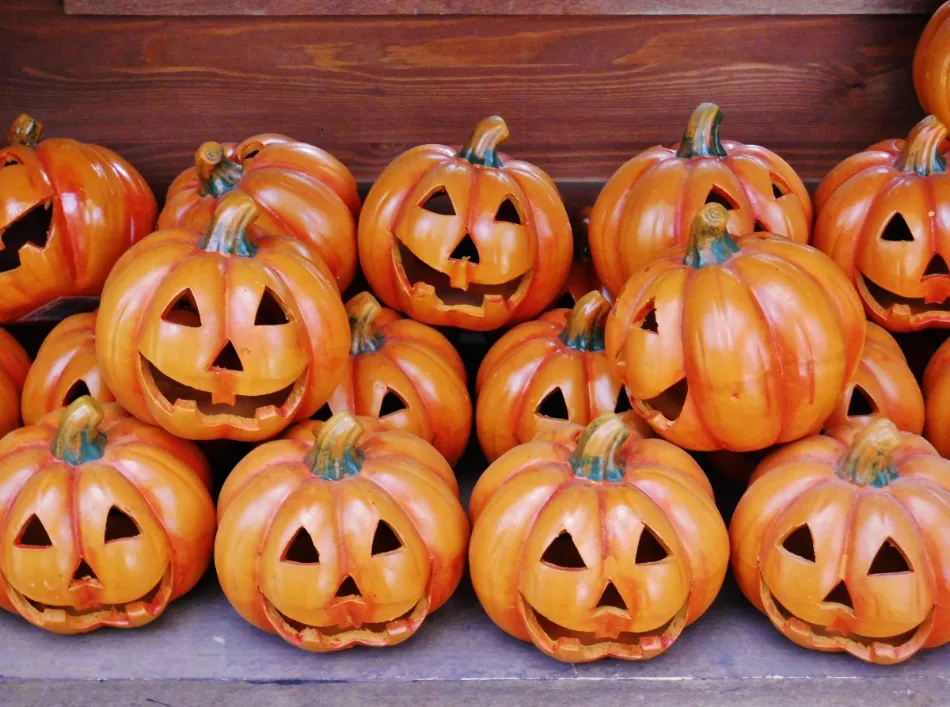
Pumpkins are a quintessential symbol of fall, and many people use them for decorations. While plain, uncarved pumpkins are generally safe for pets, decorative pumpkins often feature paints, glitters, or other embellishments that can be toxic if consumed. Keep these decorations out of your pet's reach, and be cautious with candles inside pumpkins, as curious pets might get burned or knock them over.
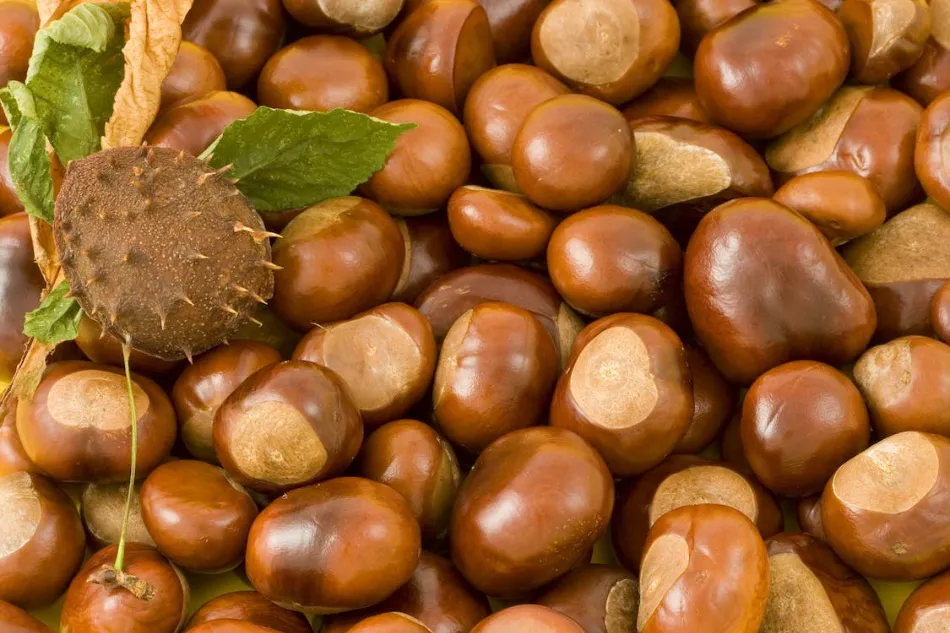
Autumn is the season for falling nuts, and while acorns and conkers might not be plants, they can still pose a danger to pets. These items can cause digestive problems if ingested, and conkers, in particular, can be toxic to dogs. Keep a close eye on your pet during outdoor walks to ensure they don't snack on these tempting fall treasures.
As you enjoy the beauty of autumn, remember that ensuring your pet's safety is a top priority. By being aware of potentially poisonous plants and taking precautions, you can ensure that your pets have a safe and enjoyable fall season. If you suspect your pet has ingested a toxic plant or substance, contact your veterinarian or an emergency animal clinic immediately. With a little awareness and care, you and your furry friend can revel in the splendors of autumn without worry.
In summary, being aware of toxic plants in the fall is crucial for pet safety. Take precautions to keep harmful plants out of your pet's reach and be vigilant in monitoring their behavior. If you suspect plant ingestion, seek immediate veterinary assistance to ensure your pet's well-being.
Chrysanthemums (Mums):

Chrysanthemums are a popular choice for fall gardens and floral displays. However, these beautiful blooms can be toxic to pets if ingested. The compounds found in mums can cause gastrointestinal upset, drooling, and, in severe cases, more serious health issues. To keep your pets safe, consider alternative non-toxic plants for your garden or display, or place mums in areas that are inaccessible to your pets.
Autumn Crocus:

While autumn crocus may be lovely to look at, they are highly toxic to both cats and dogs. Ingesting any part of the plant can lead to severe kidney and liver damage, gastrointestinal distress, and even death. It's crucial to keep these plants far away from your pets and to seek immediate veterinary attention if you suspect ingestion.
English Ivy:

English ivy is a common houseplant and outdoor vine that becomes more prevalent in gardens during the autumn months. However, this plant contains toxins that can lead to vomiting, diarrhea, drooling, and even difficulty breathing if ingested. To prevent potential exposure, keep English ivy out of reach of your pets or choose safer indoor plants.
Pumpkin Decorations:

Pumpkins are a quintessential symbol of fall, and many people use them for decorations. While plain, uncarved pumpkins are generally safe for pets, decorative pumpkins often feature paints, glitters, or other embellishments that can be toxic if consumed. Keep these decorations out of your pet's reach, and be cautious with candles inside pumpkins, as curious pets might get burned or knock them over.
Acorns and Conkers:

Autumn is the season for falling nuts, and while acorns and conkers might not be plants, they can still pose a danger to pets. These items can cause digestive problems if ingested, and conkers, in particular, can be toxic to dogs. Keep a close eye on your pet during outdoor walks to ensure they don't snack on these tempting fall treasures.
Conclusion:
As you enjoy the beauty of autumn, remember that ensuring your pet's safety is a top priority. By being aware of potentially poisonous plants and taking precautions, you can ensure that your pets have a safe and enjoyable fall season. If you suspect your pet has ingested a toxic plant or substance, contact your veterinarian or an emergency animal clinic immediately. With a little awareness and care, you and your furry friend can revel in the splendors of autumn without worry.
FAQ: Autumn Pet Safety
Why is it important to be aware of toxic plants during autumn?
Autumn can bring changes in plant life, including the appearance of seasonal plants and foliage. Some of these plants can be toxic to pets, posing risks to their health if ingested.What are some common toxic plants to watch out for in the fall?
Common toxic plants in autumn include mushrooms, certain varieties of decorative gourds and pumpkins, chrysanthemums, and some types of lilies.How can these toxic plants harm pets?
Ingesting these plants can lead to a range of health issues in pets, including gastrointestinal upset, organ damage, and in severe cases, even death.How can I protect my pets from toxic plants in the fall?
Keep toxic plants out of reach of pets, both indoors and in your garden. Be cautious when decorating with seasonal plants and ensure your pets cannot access them. Regularly inspect your yard for mushrooms and remove them promptly.What are the signs that my pet may have ingested a toxic plant?
Signs of plant ingestion can include vomiting, diarrhea, drooling, lethargy, loss of appetite, and more severe symptoms like seizures or difficulty breathing. If you suspect your pet has ingested something toxic, contact your veterinarian immediately.Are there safe alternatives to autumn plants for pet-friendly decorations?
Yes, you can decorate with non-toxic plants like spider plants, Boston ferns, or pet-safe grasses. Always ensure any decorations or plants you use are non-toxic to pets.What should I do if my pet ingests a toxic plant despite precautions?
Contact your veterinarian or an emergency pet clinic immediately. They can provide guidance on how to address the situation and may recommend treatment based on the specific plant and the amount ingested.Can I find a list of toxic plants for pets online?
Yes, you can use our list of toxic plants for cats . It's a good idea to familiarize yourself with these lists and consult them when selecting plants for your home or garden.In summary, being aware of toxic plants in the fall is crucial for pet safety. Take precautions to keep harmful plants out of your pet's reach and be vigilant in monitoring their behavior. If you suspect plant ingestion, seek immediate veterinary assistance to ensure your pet's well-being.

